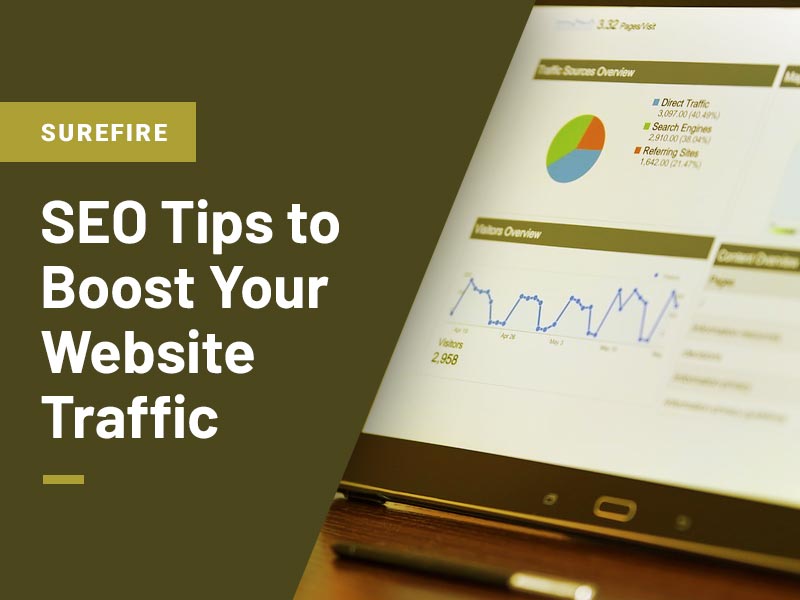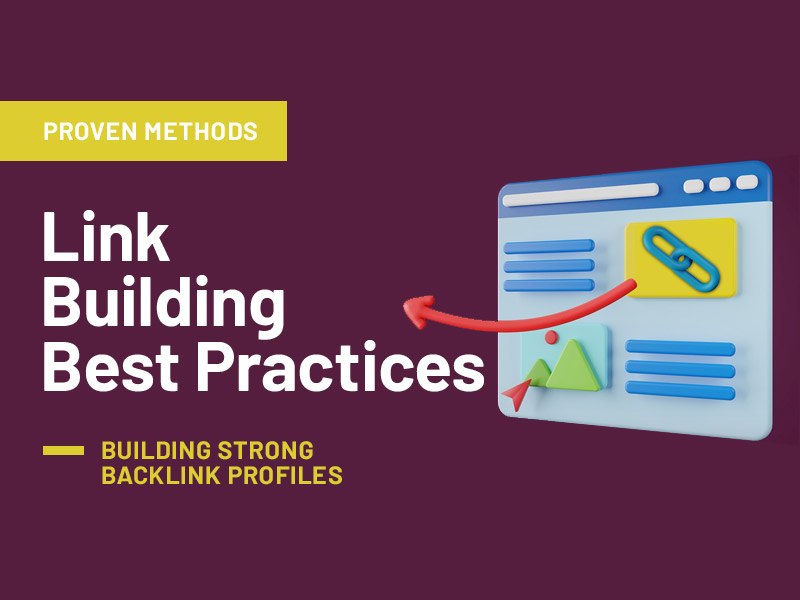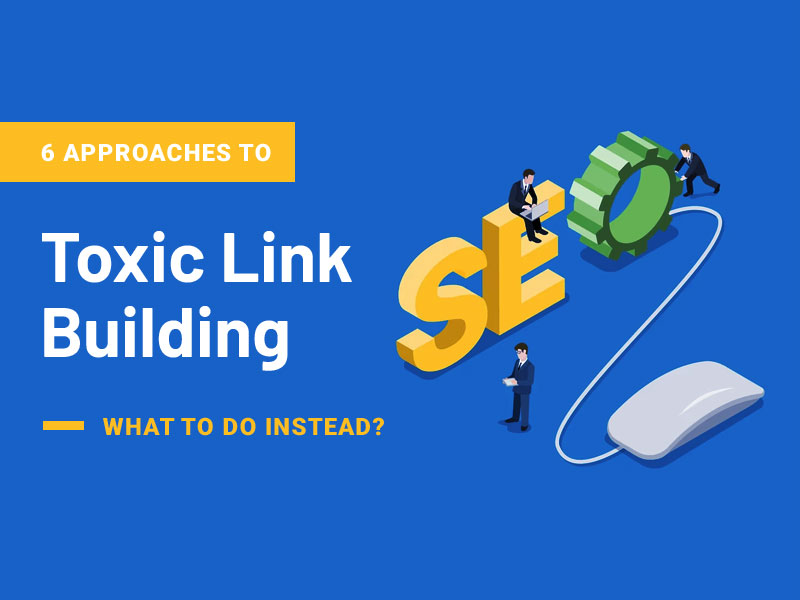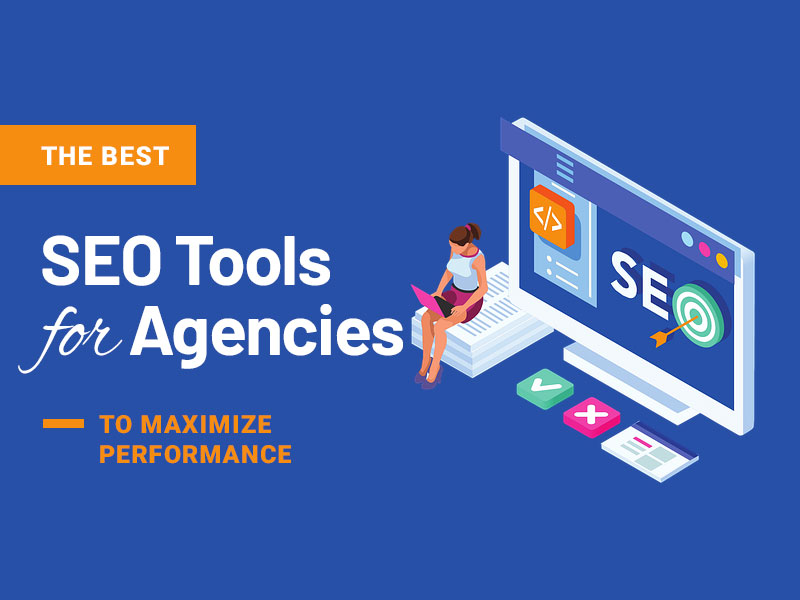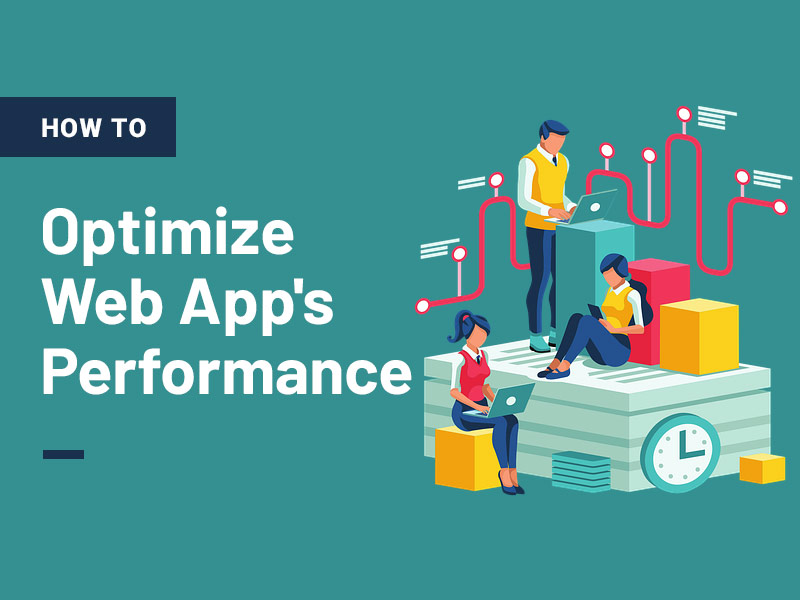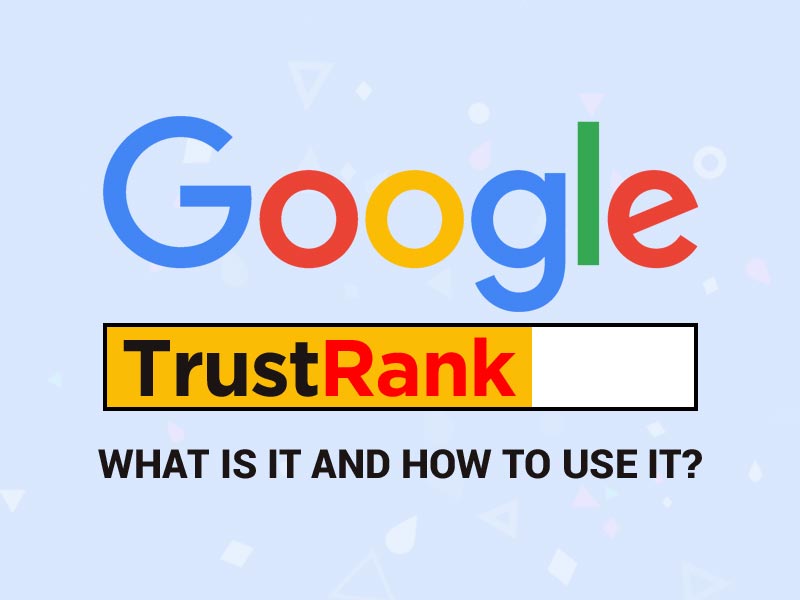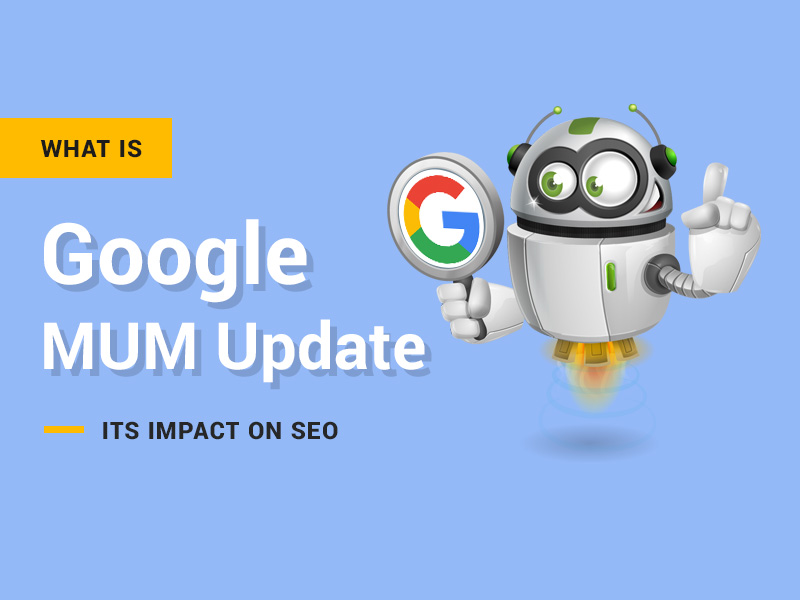The digital marketplace is growing at an astounding rate. With over 1.13 billion websites on the internet, competition to increase website traffic is becoming increasingly fierce. The need for a strong online presence and increased visibility has put businesses in a never-ending race to stay on top of search engine result pages (SERPs).
No matter how appealing your website design or product may be, if potential visitors can’t find you online, your business’s chances of success can decrease by as much as 50%. Search engine optimization is one of the best ways to increase your website’s visibility in search results and increase organic click-through rates (CTRs).
SEO practices are evolving as search engines continue refining their search algorithms and ranking mechanisms. Businesses must keep current on the latest SEO tactics and technologies to maximize web traffic and user engagement. Here’re seven surefire SEO tips to boost your website traffic and rank higher in search results:
7 SEO Tips to Boost Your Website Traffic
1. Add Website Link to Google My Business Profile
Google My Business profiles are an effective way to rank on local searches. When a user searches for a particular business type, Google displays ads first, followed by local companies near the user’s location, and then links to websites. While you should strictly follow SEO best practices for the website, also include targeted SEO keywords on your Google My Business profile and attach the website’s link to your business profile to increase web traffic. Follow the Google business profile checklist to discover how to create a business profile and incorporate SEO practices to increase visibility in local searches.
2. Build Website Around Your Target Primary and Secondary Keywords
Good keyword research is critical to the success of any SEO strategy. When you know how to use your primary and secondary keywords throughout your website strategically, you can create customer-centric content that draws attention and enhances user engagement. Therefore, it is important to identify your target keywords.
Focus on a single keyword theme and research your primary and secondary accordingly. Choose one primary keyword for each page and create secondary keywords from your primary keyword. Long-tail primary keywords increase your chances of appearing higher in the search results, while shorter secondary keywords help you increase keyword density and uniform distribution throughout the content.
The primary keyword must align with your objectives and should be relevant to your products, services, brand identity, or business type. A great way to find relevant keywords is to conduct thorough research and scrape Google for popular search terms. Once you have identified your primary keyword, make sure to strategically incorporate it into your page’s topic and use secondary keywords to support your main topic. By doing so, you can improve your website’s visibility and attract the right audience to your page.
3. Create Original and Quality Content for Your Website
Google’s search algorithm has evolved around content authenticity, quality, and value over the years. The new Google search algorithm rewards authentic quality content that generates value for the reader by placing it higher in search results. If your content is artificially generated or plagiarized, Google will lower your webpage’s ranking.
Original content allows the audience to connect with you by demonstrating your distinct approach and expertise on the subject. If you want users to find your website, stay engaged, and return to it organically, incorporate content that provides exactly what your prospective customer or visitor is looking for. Make sure your content is comprehensive yet not too bland and unattractive. When you build a comprehensive context around your primary keyword, Google recognizes you as an authority and ranks the webpage higher in search results.
4. Focus on Maximizing Page Loading Speed
Google’s new core web vitals focus on three important factors besides keywords. These are CLS (Cumulative Layout Shift), (FID) first input delay, and LCP (largest contentful paint). These factors measure your website’s performance in terms of speed and user experience. Page loading speed has now become a major contributor to your SEO strategy. If your page fails to load within 3-5 seconds, chances are 53% of your website visitors will exit the website and open another link from the search results.
You can use various techniques to increase page loading speed, such as lazy loading, Gzip compression, image & video optimization, responsive web designs, and content delivery networks (CDNs). Use Google Analytics and Google PageSpeed Insights to score your page speed and make necessary amendments to improve your score. Furthermore, you may wish to consider using something like Queue-Fair’s Virtual Waiting Room if high volumes of traffic on your website are causing it to crash. This can help to provide transparency and reassurance to your customers and prevent them from leaving your site.
5. Optimize Your Webpage Content
Website optimization is one of the most important steps to improve visibility in search results. When creating webpages and their content, try incorporating target keywords in meta tags, meta descriptions, page titles, headings, image names, alt texts, and video subtitles. When building an internal link, use the same keyword as the page’s name.
Remember, your page’s title and meta description may be the first thing potential visitors see in search results, soit should be influential and scroll-stopping for the visitor. Create meta descriptions that best describe what the webpage contains, and make the phrasing interesting for the reader so they can’t help but click it.
6. Optimize Your Content Targeting Featured Snippets
As we mentioned, the search results usually show the page title and meta description. However, Google chooses between meta descriptions and webpage content, also called featured snippet, that best fits the user’s query. If you want your content to appear in the top results, format your content targeting featured snippets and try to answer all questions your target audience may ask concerning your page’s content.
Google’s featured snippets display at the top of the search results page. Their purpose is to respond to a user’s query without needing them to leave the search result page or click a link. Users are more inclined to open the link if they find what they’re looking for in the featured snippet.
7. Use a Mix of Internal and External Links
Using a mix of external and internal links on your website increases its credibility and authenticity. Internal links increase visitors’ navigation and boost user engagement. These links also help in enhancing your ratings in search results as they allow crawlers to find your content. Link to related products, services, blogs, or other pages on your website. This will help your visitors find related information they may be looking for and connect to your business.
External links provide more authority to your content and increase its integrity. Since external links lead visitors to another website, try to incorporate links that provide relevant and authentic information and lead to useful high-authority links.
Final Thoughts
The widespread use of smartphones has given businesses an excellent opportunity to reach a larger consumer base and extend their business functions beyond physical boundaries using web-based interfaces. However, the effectiveness of an online presence is strongly related to increased visibility in search results, which can only be achieved by following SEO best practices. Businesses and entrepreneurs can use the SEO tips mentioned above to improve their SERP ranking and drive more traffic to their websites.
